For more than 100 years, Aberdonians spent a penny at the Victorian underground toilets at Aberdeen’s Castlegate, but in the 1980s, they were removed.
Looking at the Castlegate nowadays, you’d never know there were once grandiose loos beneath your feet.
Right in the middle of the square, it was a handy location for busy market days when thousands of Aberdonians would crowd into the Castlegate.
It was also useful for tram and bus drivers who needed to spend a penny near the transport terminus.
Stone steps lead down to the gents and ladies’ toilets, which retained all their Victorian glory.
Inside were floor-to-ceiling white metro tiles, terrazzo-style flooring, cubicles with wooden doors and a brass slot for actually spending a penny.
The toilets were cared for by attendants right up until their closure in the 1980s.
And as late as 1984, a woman was so impressed with the cleanliness of the loos that she wrote to the Press and Journal to pass on her compliments.
Williamina Cormie had moved from Aberdeen in 1937, but made frequent trips home.
On one such trip Williamina said she “wept” when she saw the state of Union Street.
But she wanted to pass on her thanks to the Castlegate toilet attendants: “The whole place was indeed spotless, even the stone steps leading down.”
Why did the Castlegate toilets close?
But not everybody was potty about the privvy.
Aberdeen District Council’s environmental health and cleansing committee – nicknamed the “bogs and dogs” committee – first decided to shut the loos in 1978.
It was part of a wider plan to improve the area.
Aberdeen councillor Frank Magee described the Castlegate as “one of the great squares of Scotland” and said it should be restored to its former glory.
The first step in doing this, apparently, was by destroying the built heritage.
Mr Magee had previously branded the bogs “a Victorian monstrosity” that “obscured the finest market cross in Scotland”.
Depute city architect Stanley Moir dismissed the loos as being just “slightly Victorian”.
And the committee nodded along, deciding to have a “radical new look at the whole area and consider moving the Market Cross back to its original position in front of the town house”.
It was the best of intentions; the idea was to create a meeting space again, to evoke the spirit of days of yore.
Mr Magee was generally considered as having a history of supporting conservation in Aberdeen.
He also wanted the Castlegate road system changed, the toilets gone and said once the area was restored “we will have done something that future Aberdonians will thank us for”.
His colleague Councillor Dick Gallagher agreed, adding: “We wish to make Aberdeen – as it is just about – the finest city in Scotland.”
Toilets were camouflaged with flowers in the 1950s
But it wasn’t the first time the council had cleaned up the Castlegate.
In 1950, the corporation spruced up the square by cleaning the granite buildings and installing window boxes of flowers.
The architects visualised “a Castlegate of the near future with a roomy appearance and no ‘clutter’ of police, telephone and transport kiosks”.
But even then, the lavvies were in the firing line.
The Press and Journal reported how the council wished to “camouflage the unsightly, railed-in lavatories in the centre of the square”.
It was decided the best way to disguise underground toilets was to remove the railings and instead build a wall.
While railings are arguably more subtle than a concrete bulwark, having a wall enabled the roof of the toilets to be covered up.
The roof was turned into a flower bed to add some colour to the square, and the police box and telephone boxes were moved to the side.
It was also decided to pave over the cobbles around the toilets to improve the amenity.
Councillor determined to see back of toilets
Mr Magee was defeated twice in his attempts to bring a motion to have the Mercat Cross resited.
But he still wanted to pull the chain on the underground toilets.
And in 1978, the council crept ever-closer to making a decision on an issue that had been batted about the chamber since the mid ’60s.
Councillors suggested relocating the toilets entirely to a site at 4 Castle Terrace, behind the Castlegate.
The corporation wanted to build a modern convenience with disabled access, but the secluded site was tucked away on uneven pavements outside residential housing.
People were not happy.
They petitioned Aberdeen District Council citing concerns that the new loos would be too close to occupied houses.
There was concern it would “attract undesirables to a secluded area who might be a danger to their children”.
‘Battle of the Castlegate Bogs’
In August 1985, the Evening Express reported how the underground toilets at the Castlegate were finally to be “dismantled and filled in”.
Although the council didn’t see any civic worth in keeping them, lots of people were rather fond of the lovely latrines.
When it was announced they would be removed, there was a bit of a bunfight as locals wanted to claim a piece of Aberdeen’s Victorian heritage.
Two particularly keen Aberdeen collectors were John Semple of Kent-Strip Antiques and John Somerville of Turrett Antiques.
The latter had an architectural salvage shop at 565 George Street selling treasures saved from stripped-out period homes during modernisation.
In what was dubbed “The Battle of Castlegate Bogs”, the two dealers slugged it out to have “the pick of this fine Victorian convenience in Aberdeen”.
But they weren’t the only ones keen to get their hands on the porcelain bowls.
As well as the toilets, the attendant cisterns, basins, chains and brass locks were all up for grabs.
The council was inundated with requests for the unusual memorabilia.
A visitor from England even wanted a keepsake crapper.
While an offshore worked asked for the entire contents of a cubicle, and a pensioner wanted a brass “penny in the slot” lock.
‘A civic disgrace and national embarrassment’
During a ‘bogs and dogs’ committee meeting, it was decided that in the interests of parity, it couldn’t just be a free for all.
The EE joked that in an “irritatingly democratic fashion” the council decided “lavatory lovers” would have to tender in the normal way to claim any bits and pieces.
They were to be replaced by a new toilet block at the nearby Market Stance, off Justice Street, costing £90,000.
But in 1987, the remains of the Castlegate toilets were still hanging around like a bad smell.
There had been little improvement in the area, just the loss of the loos.
Then council leader Gordon Adams slammed the Castlegate as “not only a civic disgrace but also a national embarrassment”.
He was unimpressed at the delays in plans to pedestrianise the area and said he was “astounded Aberdeen had been unable to progress the matter in any purposeful fashion”.
Pedestrian-only Castlegate proved unpopular
A significant issue centred around the underground toilets in the centre.
The councillor said they remained as “a blot on the landscape of central Aberdeen”.
But it transpired that “neither the police nor the bus operators were generally supportive” of pedestrianising the whole area.
And when it finally did happen in 1989, traders were unhappy because they felt the absence of traffic removed a sense of security.
One Castlegate shopkeeper said for the first time in 20 years his shop had been targeted by thieves and vandals.
Traffic passing through the area acted as a deterrent to undesirables.
The Castlegate still divides opinion in Aberdeen; the traffic-free area has allowed various outdoor events and parties to be staged over the years.
However, others reacted to our Castlegate gallery describing the area as a forgotten “wasteland”.
If you enjoyed this, you might like:
- Sneak peek inside historic Victorian toilets in new before-and-after tour of Union Terrace Gardens
- Lost Aberdeen: Did St Nicholas Street demolition ‘break the heart of the Granite City?’
- Previously unseen photos of Aberdeen’s lost trams revealed
- Watch: We explore the hidden tunnels below Union Street
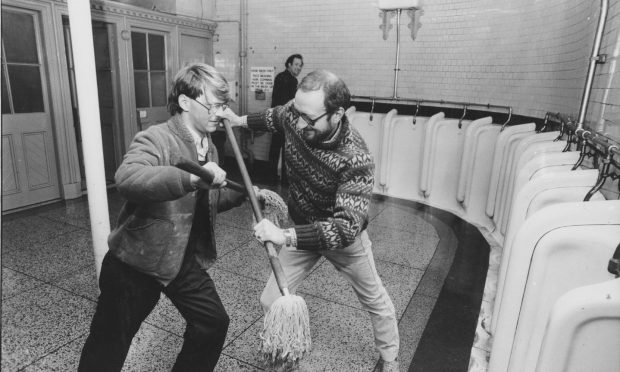
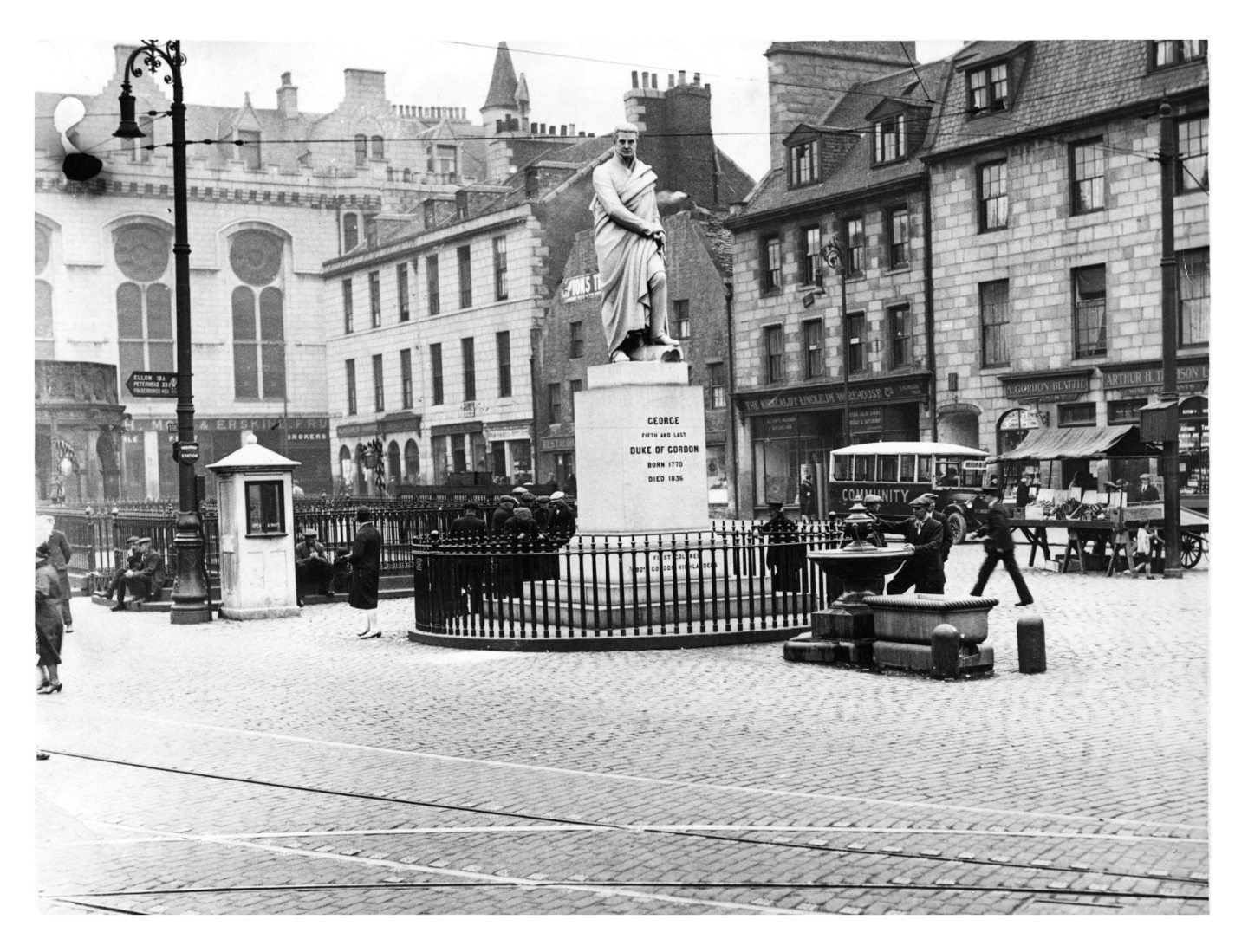
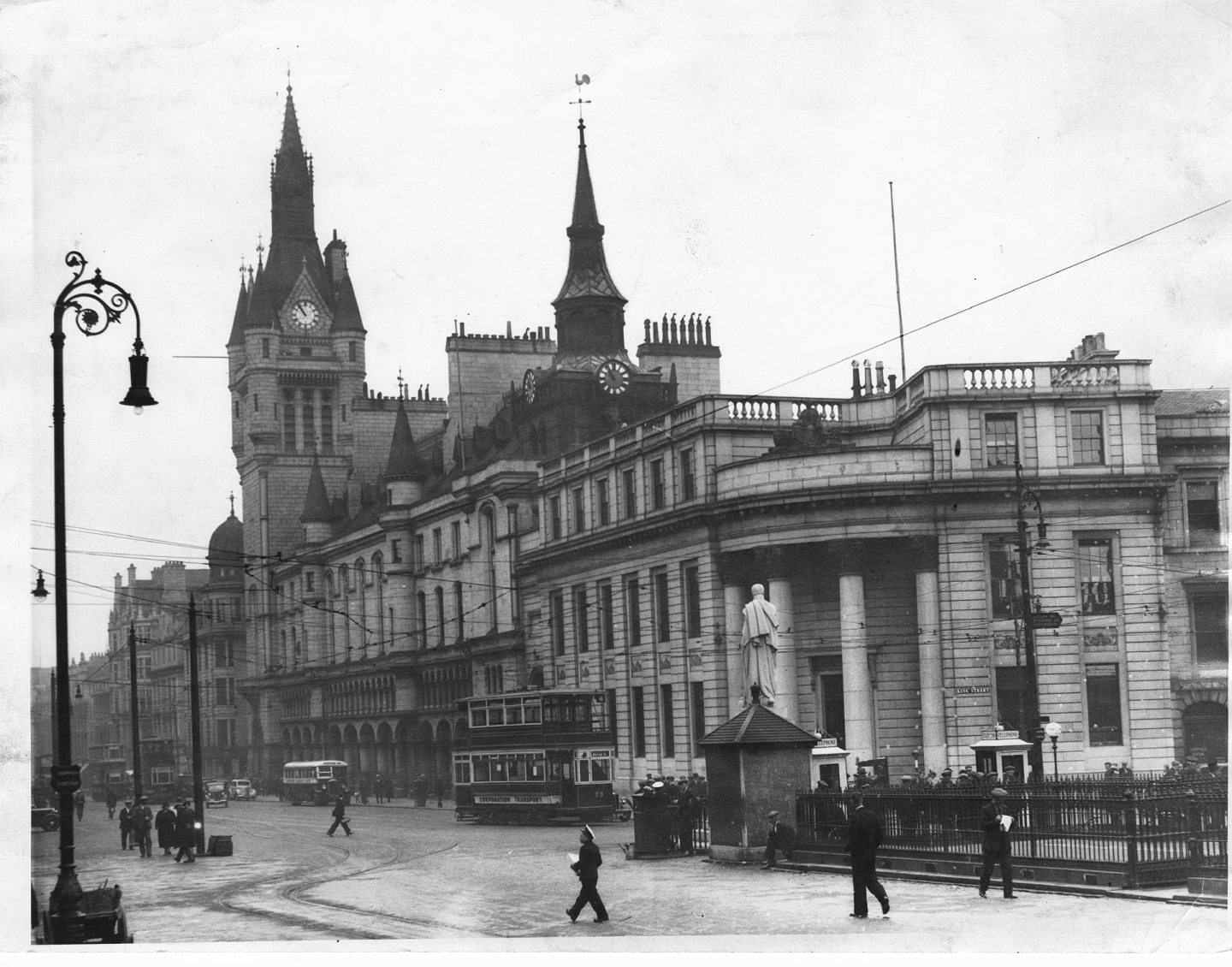
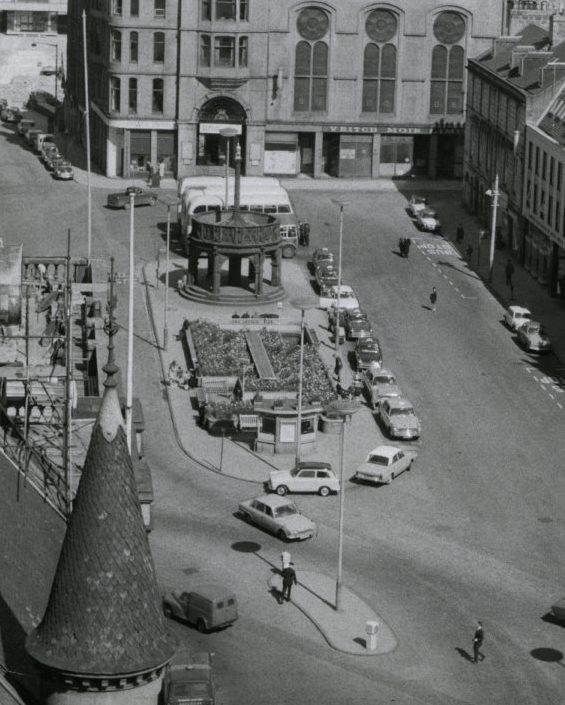
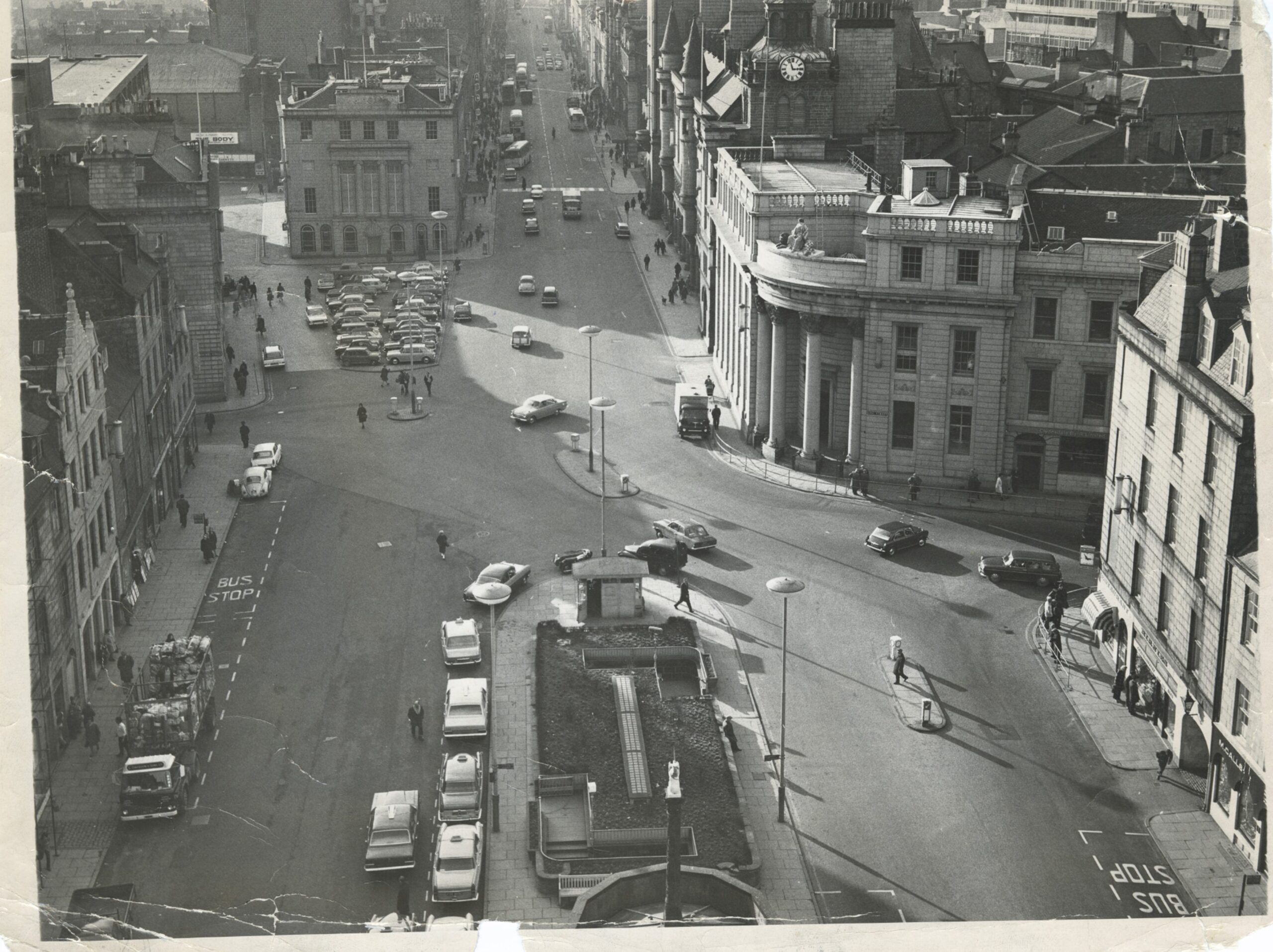


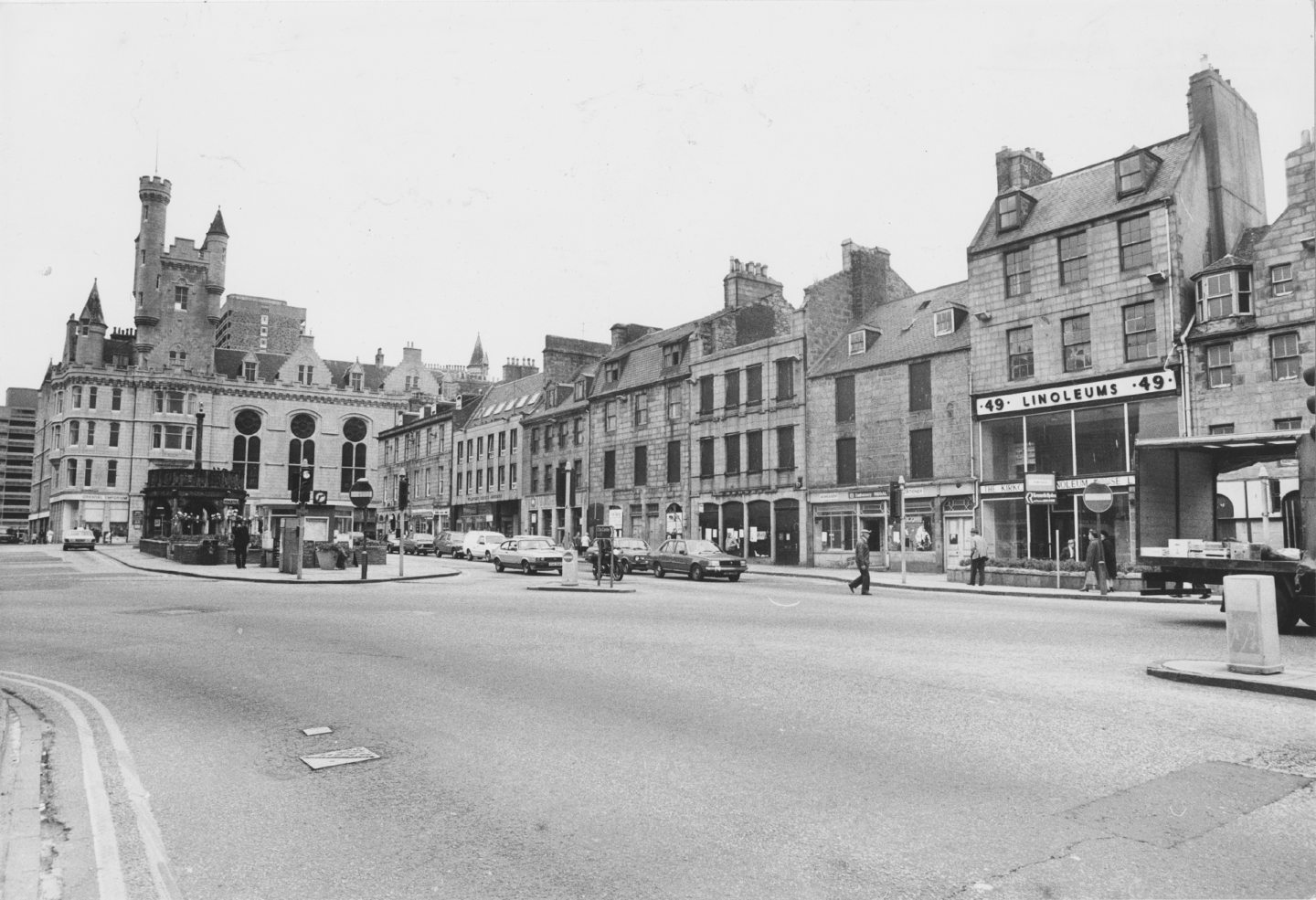
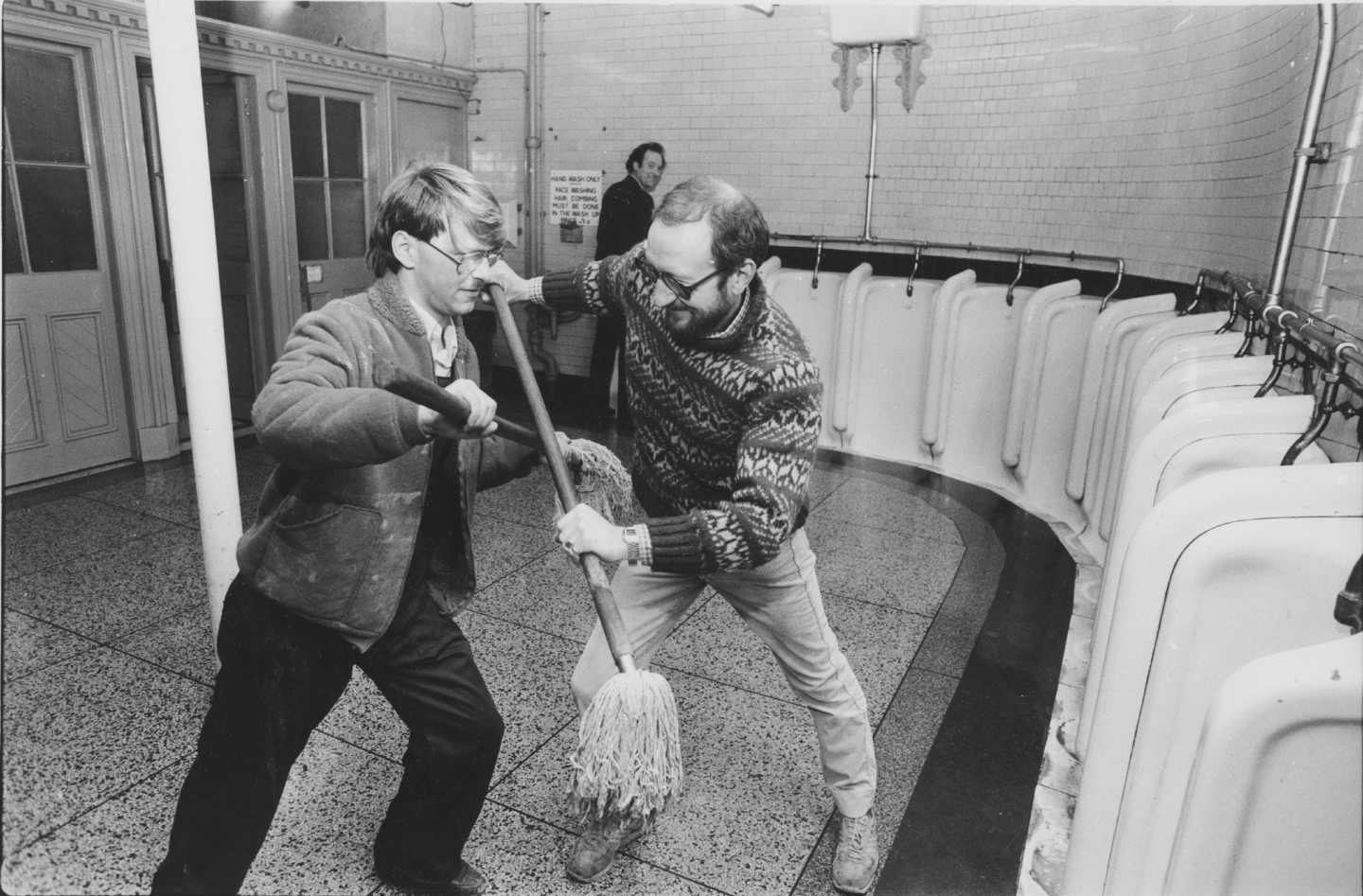
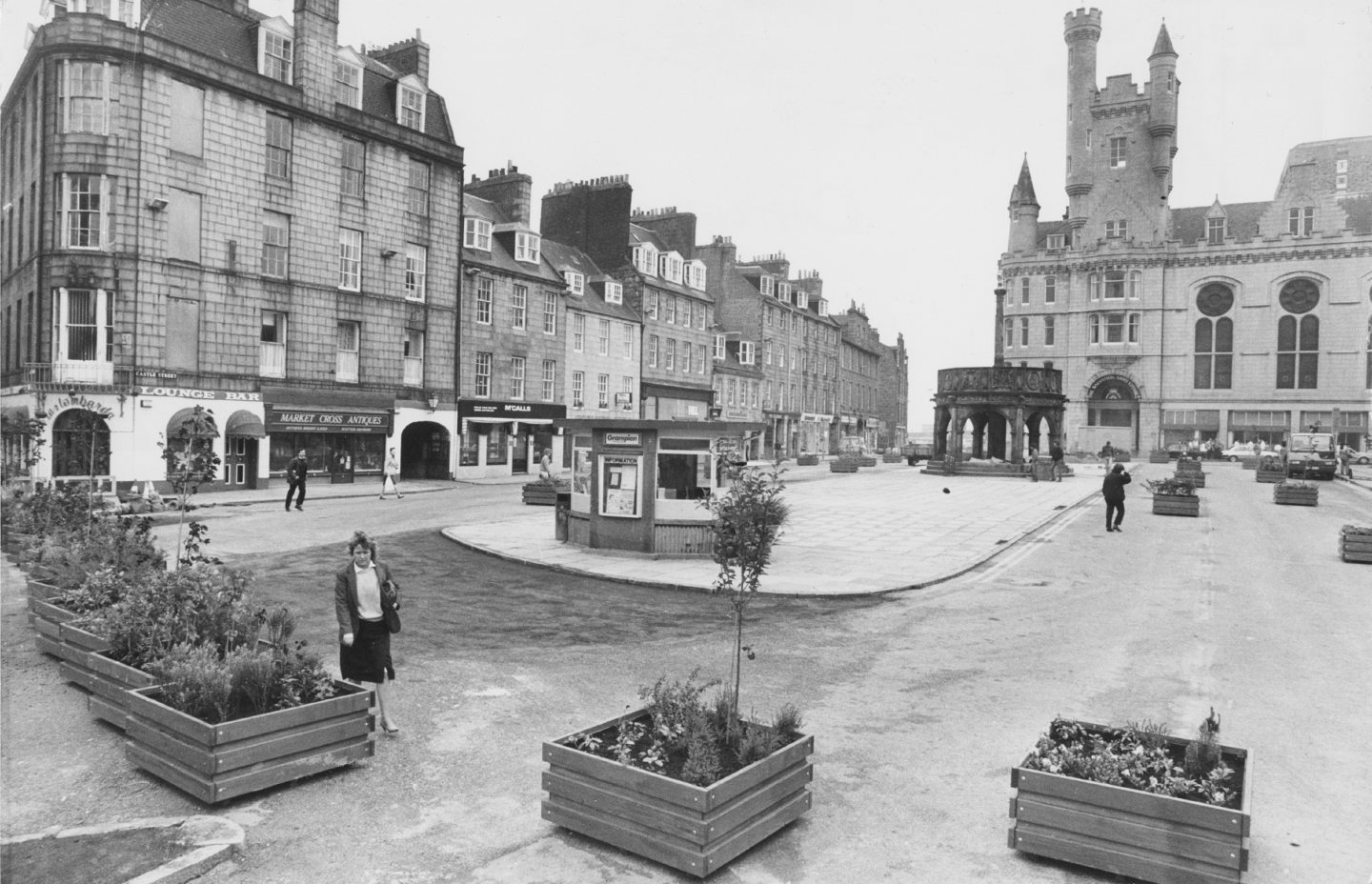
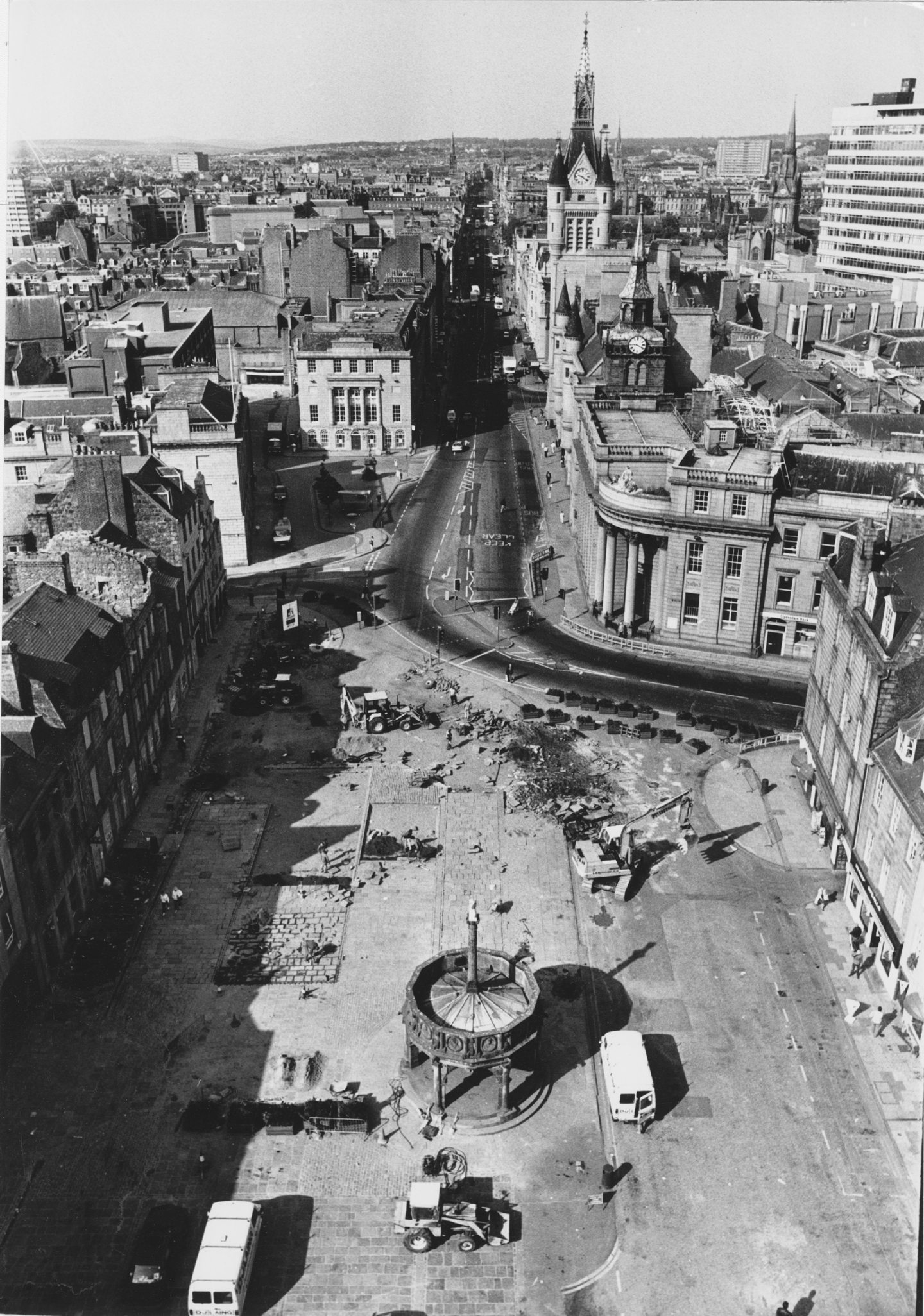
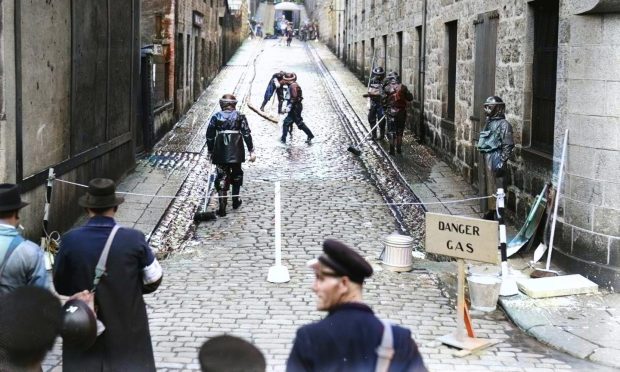
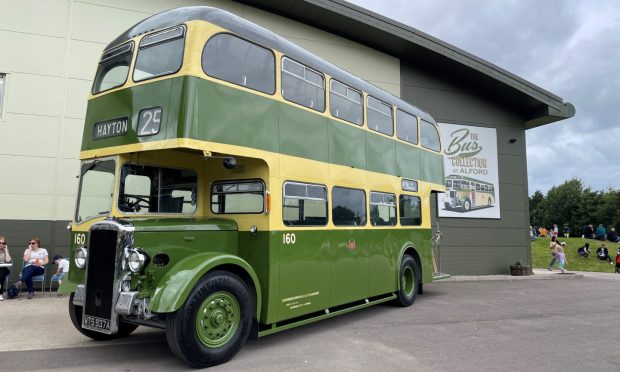
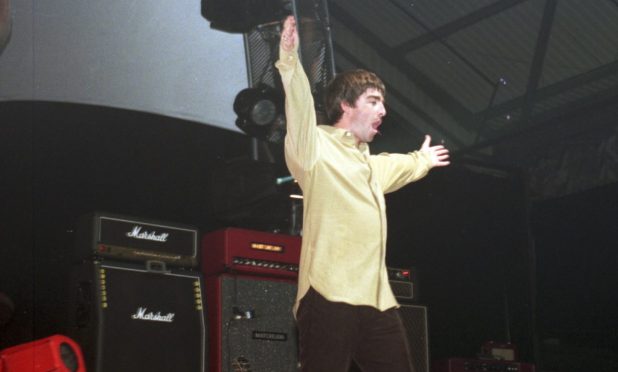
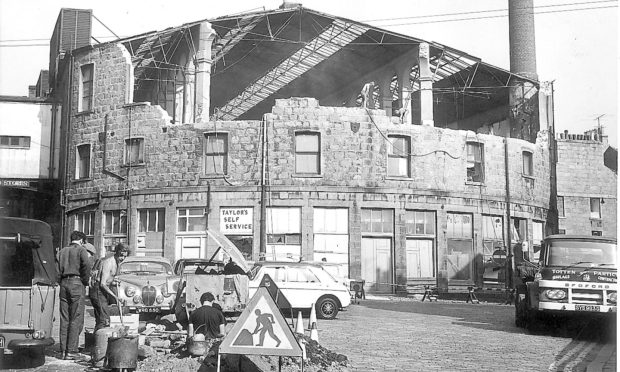
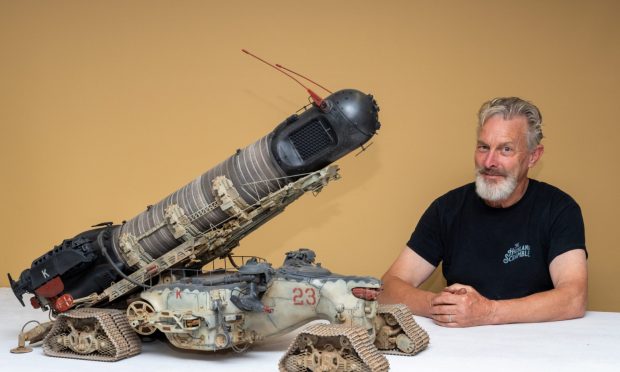
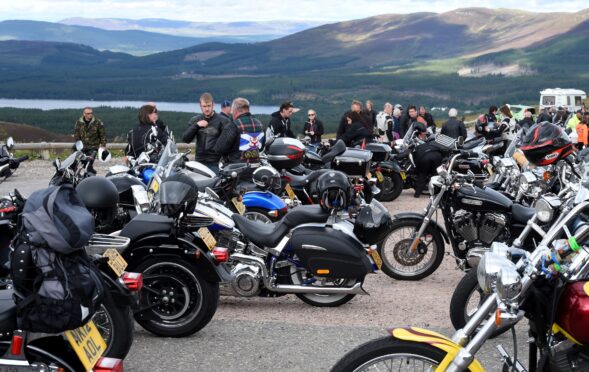
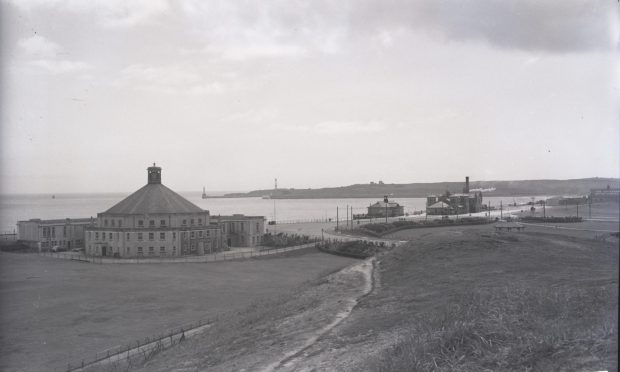
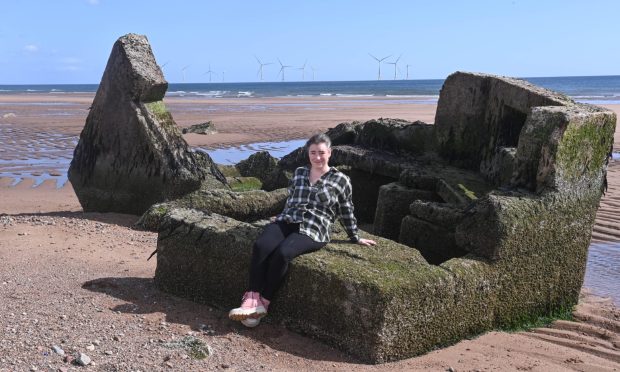
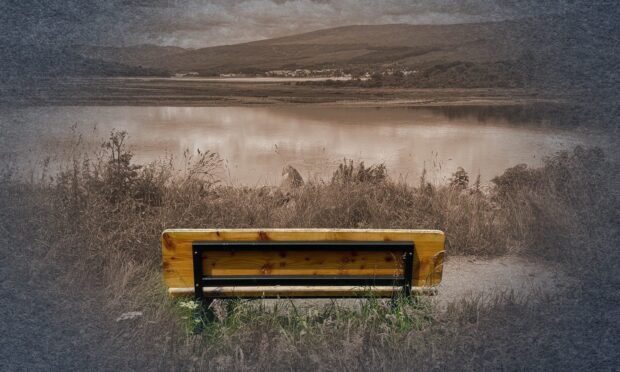
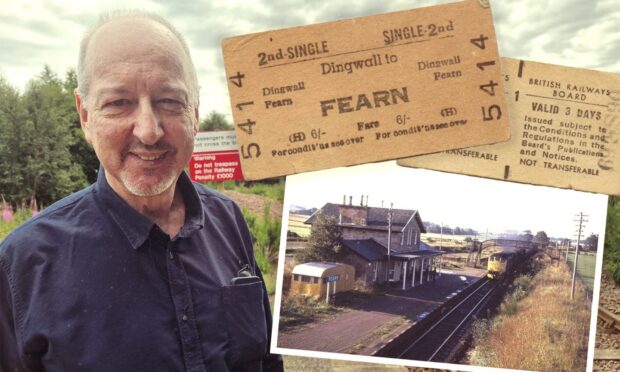
Conversation